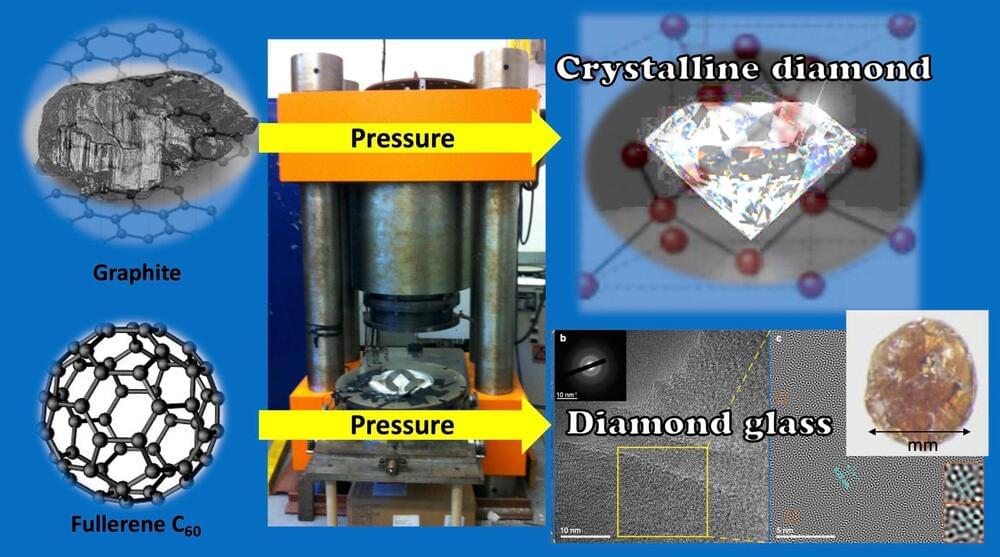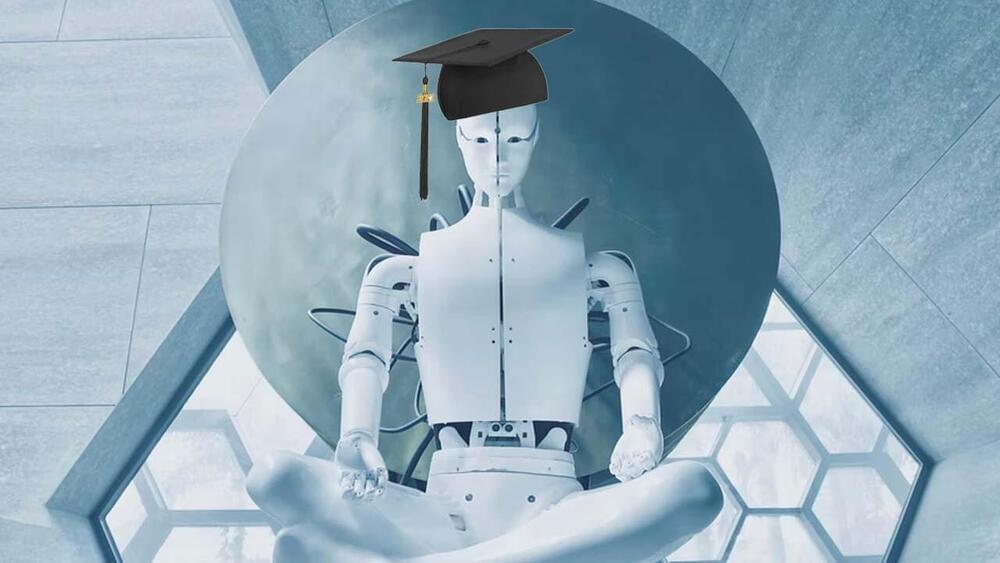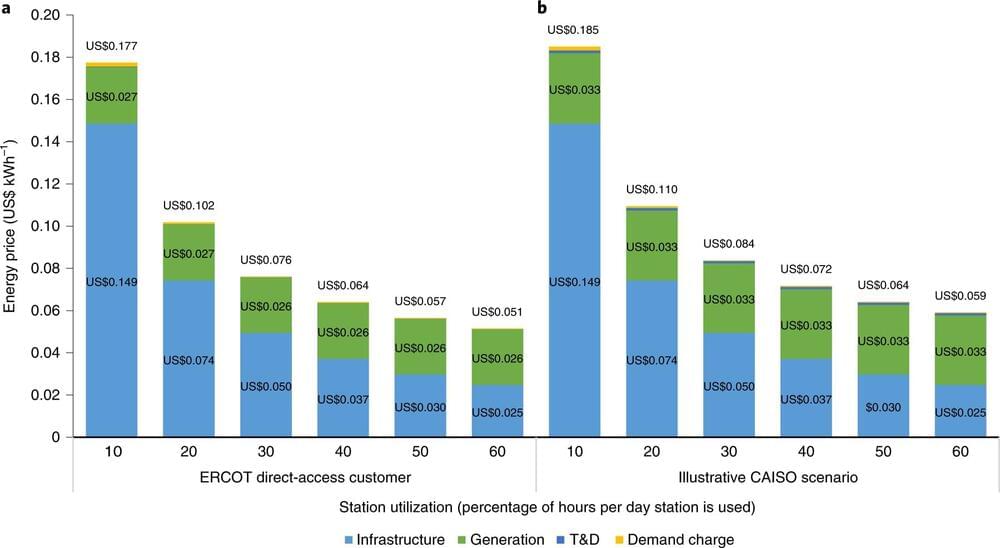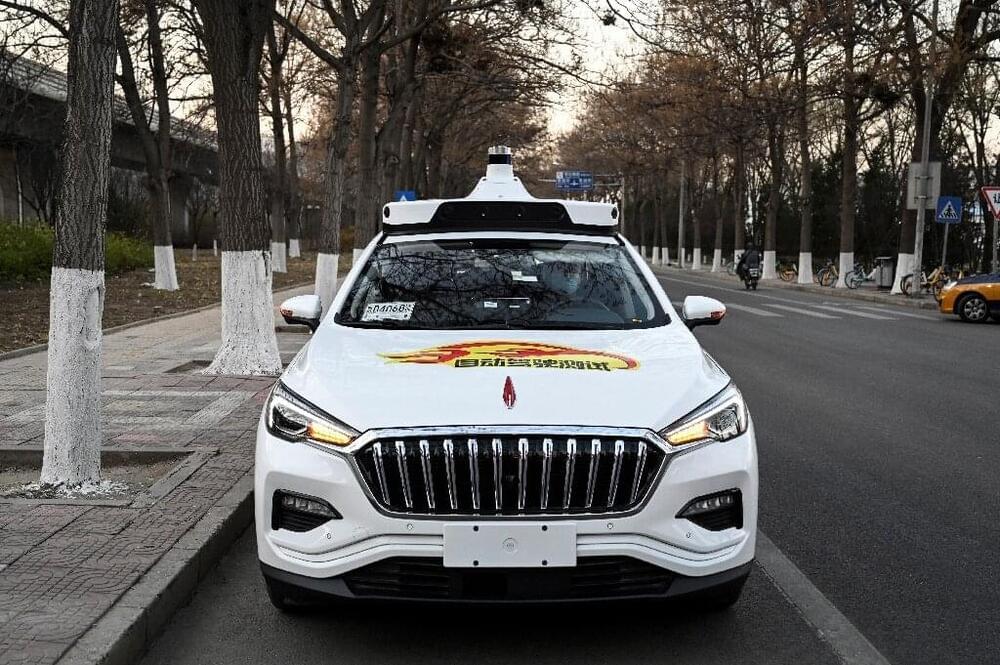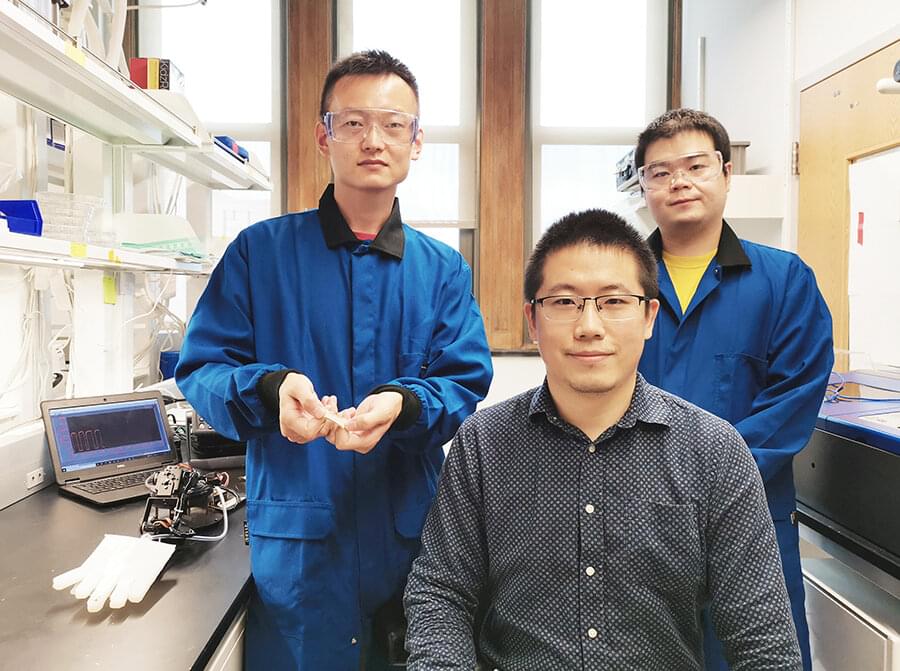“We are proud to be able to showcase the world’s first fully electric and self-propelled container ship,” said Svein Holsether, CEO of Norwegian chemical company Yara International. “It will cut 1,000 tonnes of CO2 and replace 40,000 trips by diesel-powered trucks a year.”
Yara has collaborated since 2017 with maritime technology company Kongsberg to develop the ship, which sailed from Horten to Oslo, a distance of approximately 35 nautical miles (65 km). Powered by 7 MWh batteries, it uses an automatic identification system (AIS), cameras (including infrared), a lidar, and radar system. It will begin commercial operations in 2022, transporting mineral fertiliser between ports in southern Norway at up to 15 knots (28 km/h).
“Norway is a big ocean and maritime nation, and other nations look to Norway for green solutions at sea. Yara Birkeland is the result of the strong knowledge and experience we have in the Norwegian maritime cluster and industry,” said Geir Håøy, CEO of the Kongsberg Group. “The project demonstrates how we have developed a world-leading innovation that contributes to the green transition and provides great export opportunities for Norwegian technology and industry.”

